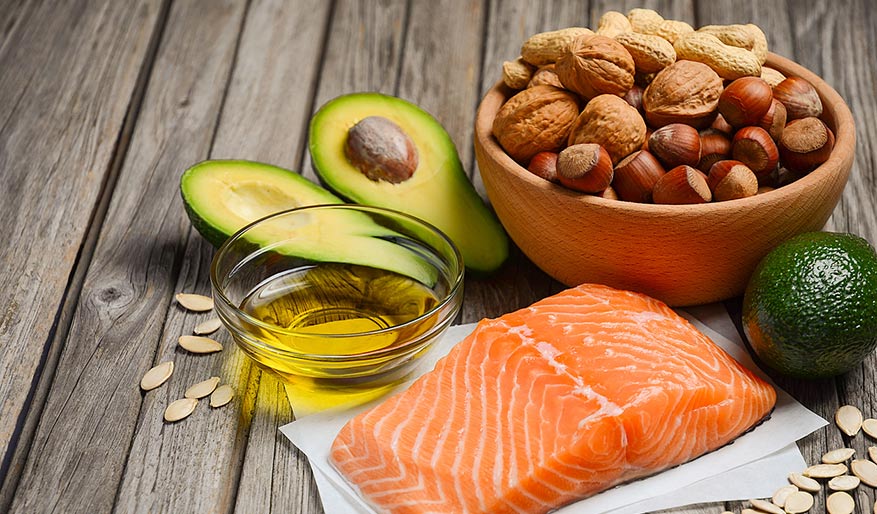Keto
A.k.a. ketogenic diet, is a high fat, adequate protein, and low carb way of eating that helps promote ketosis – the natural metabolic state when your body relies on ketones for fuel instead of carbohydrates. Your body can transition to ketosis when you replace carbs with nourishing fat and satisfying protein.
Guidelines for keto
Lately I’ve been getting a lot of questions and honestly i dont have the time to answer them individually. This is NOT a diet – because there is no generic keto diet. Different strokes for different folks, so i dont write diets and post them up, if i did that i would be doing injustice to the person following it. Diets are supposed to be customized based on a number of factors including bodytype, bmi, bodyfat%, musculature, experience in dieting etc.
These are guidelines to be followed when running keto. Its very good if you are starting out, and results are guaranteed and the risks of screwing up are lesser.
So here we go.
a) when in doubt of proportions always add green beans or fresh spinach to your meals. you should always remain FULL during the day. not being full leads to binge eating because of pangs of hunger.
b) being on keto does not mean no trace carbs – do not count carbs from green veggies like mushrooms,spinach, green beans, except for your last meal.
c) milk and dairy and breads directly is a no-no. caesinate protein is good meal replacement at night time.
d) keto is about FAT. make sure all your fats are from EFA’s. rotate you EPA/DHA fat sources each meal i.e. one meal almonds, another fish oil then almonds then seseme oil etc.
e) Easiest way to do keto is to cook low fat diet and then consume the fats in a calculated manner i.e. lets say your meal has 4g of fat from chicken then you need to compensate 11g of fat which is about little less than 1tbsp of oil. so just drink the oil straight up or 11 fish oil caps.
f) Weight ALL YOUR FOOD. no eye balling.
g) wake up first thing in the AM on your non training days and consume 10g of creatine mono on an empty stomach. proceed to do 40 mins of low intensity cardio. your post workout shake need not have fats in it. from this meal on keep doing fats+ protein + green veggies off each meal.
i) remember to attain ketosis, simple carbs HAVE to be avoided. however to avoid catabolism you need carbs intra and post workout. intra and post workout nutrition is the most important part of your nutrition plan.
j)So by rule of thumb on keto – till you are 3 weeks out take 30g of sugars while you train and post workout 20g of dexterose with your whey protein isolate.(for competitive athletes only)
k) if you feel you are looking flat – that is fine. after 3 weeks get back to us and i will teach you the concept of a refeed.
l) The quickest and best way to jump start your metabolism is a steady hit of cardio for 2 weeks then scale back. which means start off with 7 days of cardio and stretching to get into the routine, then cut back to 4 days of cardio and 4 days of weight training.
j) keto opens up your body to low resistance, make sure you take a ton of antioxidants and 2x your multivitamin. you also need zinc pre and post workout 50mg
k) avoid stuff like peanut butter as much as you can on keto. just go with oils, much safer to measure and no chance to cheat.
